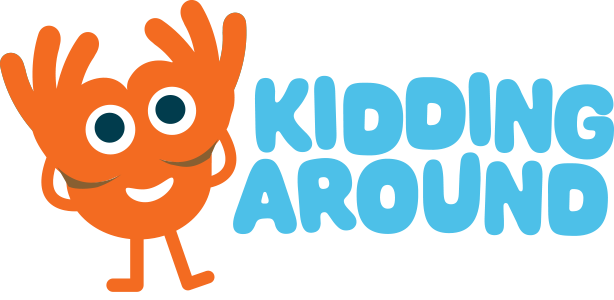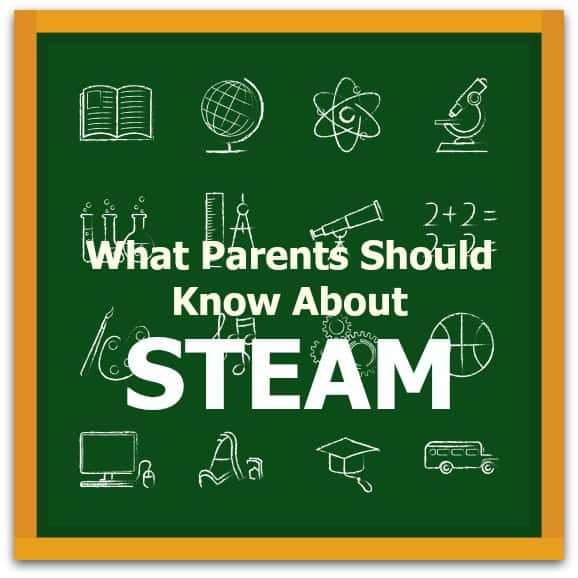Thank you to our sponsor Primrose School of Simpsonville at Five Forks for providing this article.
Lately, everyone seems to be talking about STEAM. This acronym—which stands for science, technology, engineering, arts and mathematics—has become a hot topic in the world of education and in the business community. The practice of teaching by incorporating these concepts into multidisciplinary lessons is revolutionizing education approaches across the country, even for children in preschool. While young children may not be able to understand multiplication or how computers work, they can develop a strong foundation for future learning by exploring STEAM skills and concepts through play and discussion, and then applying those skills through more play.
What is STEAM?
Science encourages investigation and answering questions, often involving experimentation.
Technology refers to using simple tools like crayons and rulers, as well as more complex ones like microscopes and computers.
Engineering refers to recognizing problems and testing solutions to them.
Arts encourages creativity and allows children to illustrate concepts they are learning.
Mathematics deals with numbers, but also patterns, shapes, organizational skills and much more.
STEAM for young children
There are many reasons why STEAM subjects should be addressed in early learning settings. A key component of STEAM is process skills, such as making observations, hypothesizing and critical thinking. These skills help young children grasp math and science concepts early in life while building a base for more complex concepts for years to come.
Research has shown that even very young children are capable of mathematical reasoning and can understand more advanced math skills than previously thought. Young children are also able to ask questions and make predictions about the world around them. In short, children are fully capable of learning foundational STEAM concepts, and parents and teachers should help children develop these skills at an early age.
[clickToTweet tweet=”Even young children can understand more advanced math skills than previously thought. ” quote=”Even young children can understand more advanced math skills than previously thought. ” theme=”style3″]STEAM learning can also take place outside of the classroom. For example, parents can encourage children to channel their inner engineer through a boat race activity. Have children use a variety of recyclables—cork, foil, tape, craft sticks, straw, an old swim noodle and paper for a sail—to build a boat that can sail across the bathtub, a pan of water or a puddle. After creating the boat, have children blow “wind” toward the boat to see how fast their creation travels. Parents and children can host races between multiple boats and discuss which boat is faster and why.
Young children grasp concepts through exploration and trial and error, so they should learn STEAM concepts at their own pace and in ways that are natural to them. To ensure that children are learning at their own pace, Primrose offers a balance of play with guidance from teachers and repeats STEAM lessons so children can master skills as they are ready.
To learn about Primrose School of Simpsonville at Five Forks, visit their website or call 864-757-1191. For more helpful parenting tips and information, visit our blog and sign up for the Pointers for Parents newsletter.
Would your children benefit from STEAM in their preschool education?
 Meggie is the proud Franchise Owner of Primrose School of Simpsonville at Five Forks. She has deep roots in early education, as her parents founded Primrose Schools more than 30 years ago to give her the quality early education experience they felt she deserved. Today, she and her husband are thrilled to continue to bring the Primrose Schools’ Balanced Learning® approach to our community, providing families the peace of mind that comes from our research-based blend of teacher-guided and child-initiated activities with an emphasis on character development. It is such a comfort to know their 3 year old daughter and soon-to-be son now have the opportunity to receive the same high-quality early education and care as she did. As Primrose parents themselves, they’re committed to creating a family atmosphere through a true partnership with parents and staff. Their goal is to foster an environment where children from 6 weeks to 6 years old can grow their Active Minds, Healthy Bodies and Happy Hearts®. Meggie is a Certified Holistic Health Coach (CHHC) and a Certified Transformational Nutrition Coach (CTC), which makes them a family committed to wellness. They incorporate balanced meals and snacks into our school and instilling healthy habits that will hopefully stay with our students for life. Meggie and her husband are delighted to bring Primrose Schools to Simpsonville at Five Forks and they look forward to welcoming even more of its youngest citizens to our special Primrose family!
Meggie is the proud Franchise Owner of Primrose School of Simpsonville at Five Forks. She has deep roots in early education, as her parents founded Primrose Schools more than 30 years ago to give her the quality early education experience they felt she deserved. Today, she and her husband are thrilled to continue to bring the Primrose Schools’ Balanced Learning® approach to our community, providing families the peace of mind that comes from our research-based blend of teacher-guided and child-initiated activities with an emphasis on character development. It is such a comfort to know their 3 year old daughter and soon-to-be son now have the opportunity to receive the same high-quality early education and care as she did. As Primrose parents themselves, they’re committed to creating a family atmosphere through a true partnership with parents and staff. Their goal is to foster an environment where children from 6 weeks to 6 years old can grow their Active Minds, Healthy Bodies and Happy Hearts®. Meggie is a Certified Holistic Health Coach (CHHC) and a Certified Transformational Nutrition Coach (CTC), which makes them a family committed to wellness. They incorporate balanced meals and snacks into our school and instilling healthy habits that will hopefully stay with our students for life. Meggie and her husband are delighted to bring Primrose Schools to Simpsonville at Five Forks and they look forward to welcoming even more of its youngest citizens to our special Primrose family!








As informative as this article is I feel that it ended up being a free advertisement for Primrose. Having the bio of the contributor was enough, was it really necessary to include the blurb at the end of the article promoting parents to contact them about their services? Why couldn’t it have ended with “Ask your current child care provider, or providers you may be interested in, if they use a STEAM based curriculum”. To me it was a bit tacky.
Hi Hunter. We did clearly state in the open paragraph that this was an article by a sponsor. We do occasionally accept articles from our sponsors/partners as part of packages but we also always screen to make sure that the information is also informative and helpful for our readers. We also always clearly disclose at the top when an article is written for a sponsor or by a sponsor for our readers benefit.